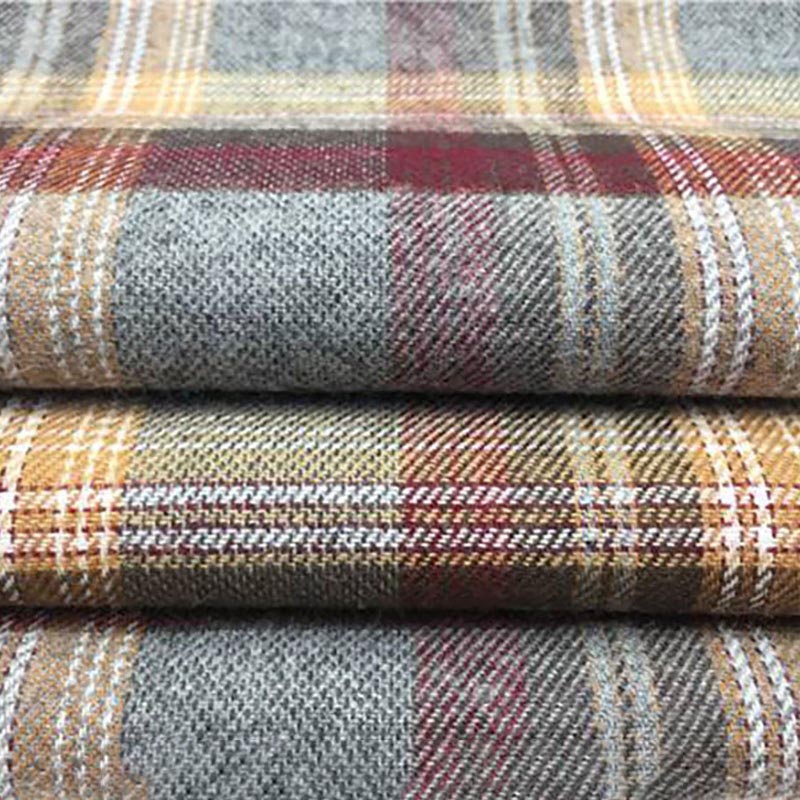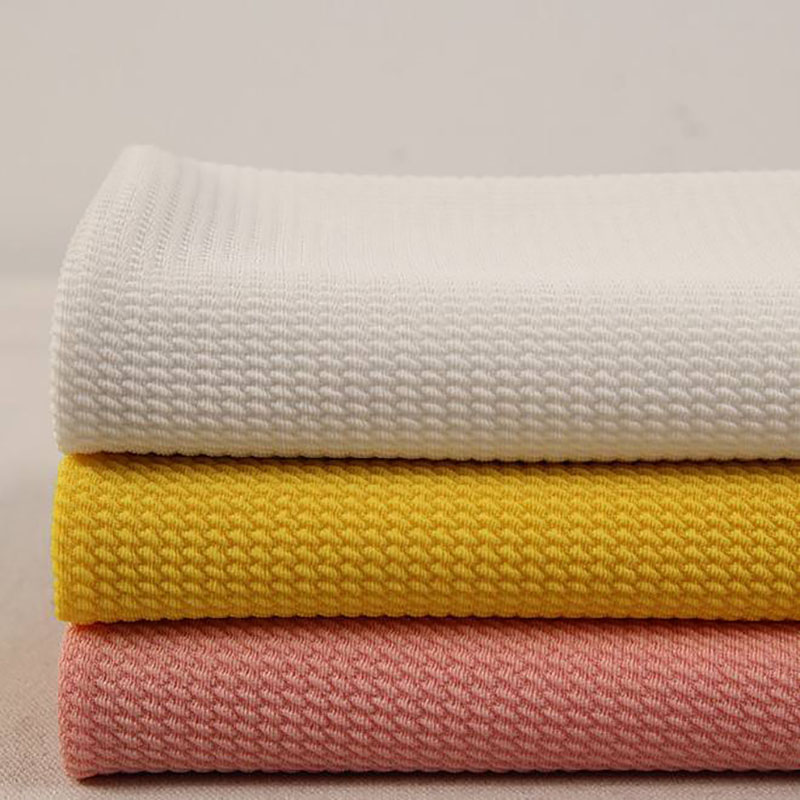In the ever-evolving landscape of workplace apparel, the demand for lightweight workwear fabrics is on the rise. These fabrics not only provide comfort but also significantly enhance overall productivity. In this article, I will share insights based on my experience in the industry, exploring the benefits that these innovative materials bring to the table.

Lightweight fabrics, like breathable cotton blends, offer improved temperature regulation, making them perfect for employees who are active throughout the day. The soft texture reduces skin irritation, allowing staff to focus on their roles rather than their attire.
In sectors such as construction or logistics, where physical activity is commonplace, breathable workwear prevents overheating and discomfort. This feature is crucial for maintaining productivity levels in demanding environments.
.jpg)
Durable materials are essential in workwear. Lightweight fabrics are engineered to withstand daily wear and tear while retaining their form and functionality. This longevity translates into cost savings for organizations.

Lightweight workwear doesn’t compromise on style. These fabrics can be tailored to create a polished look, ensuring that employees represent their company well while remaining comfortable in their uniforms.
As we have discussed, adopting lightweight workwear fabrics in your organization can lead to improved comfort, productivity, and overall employee satisfaction. By investing in these materials, companies can foster a more engaging and effective workplace environment.
